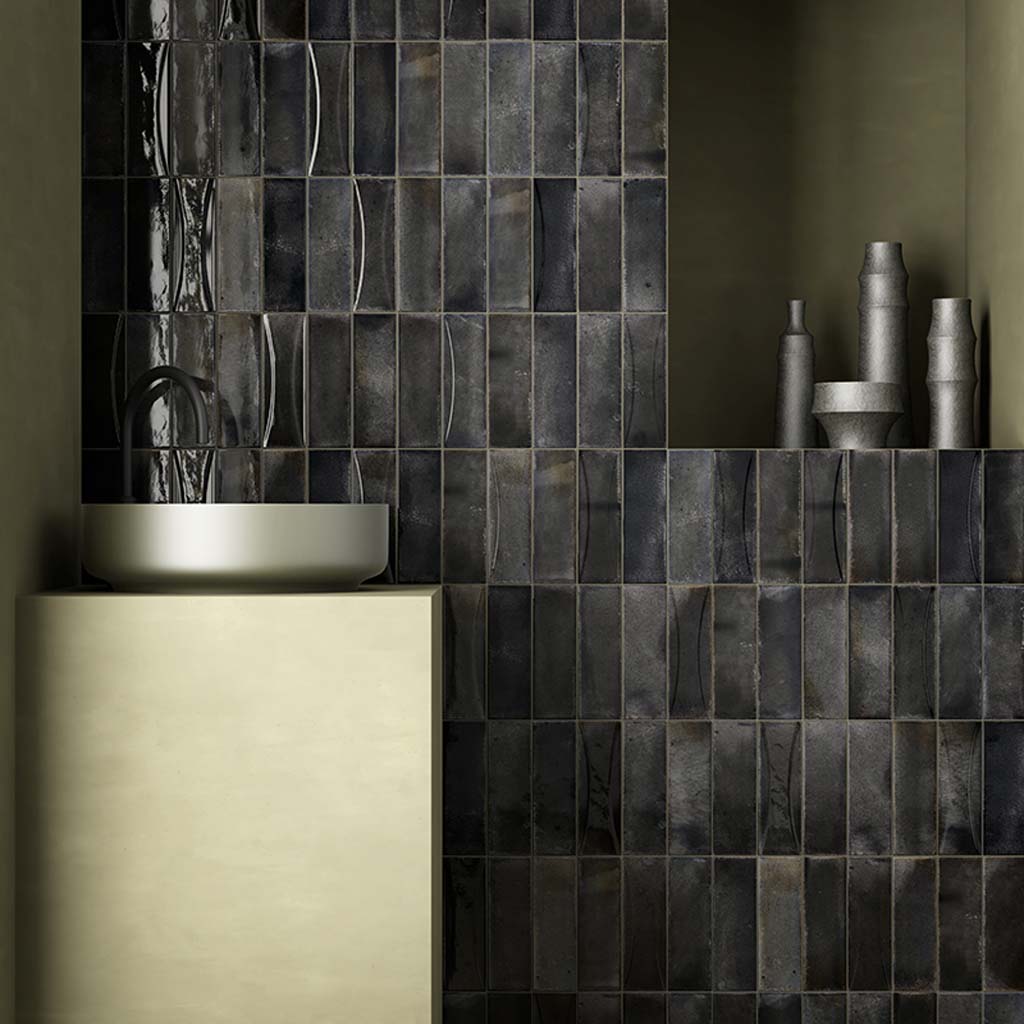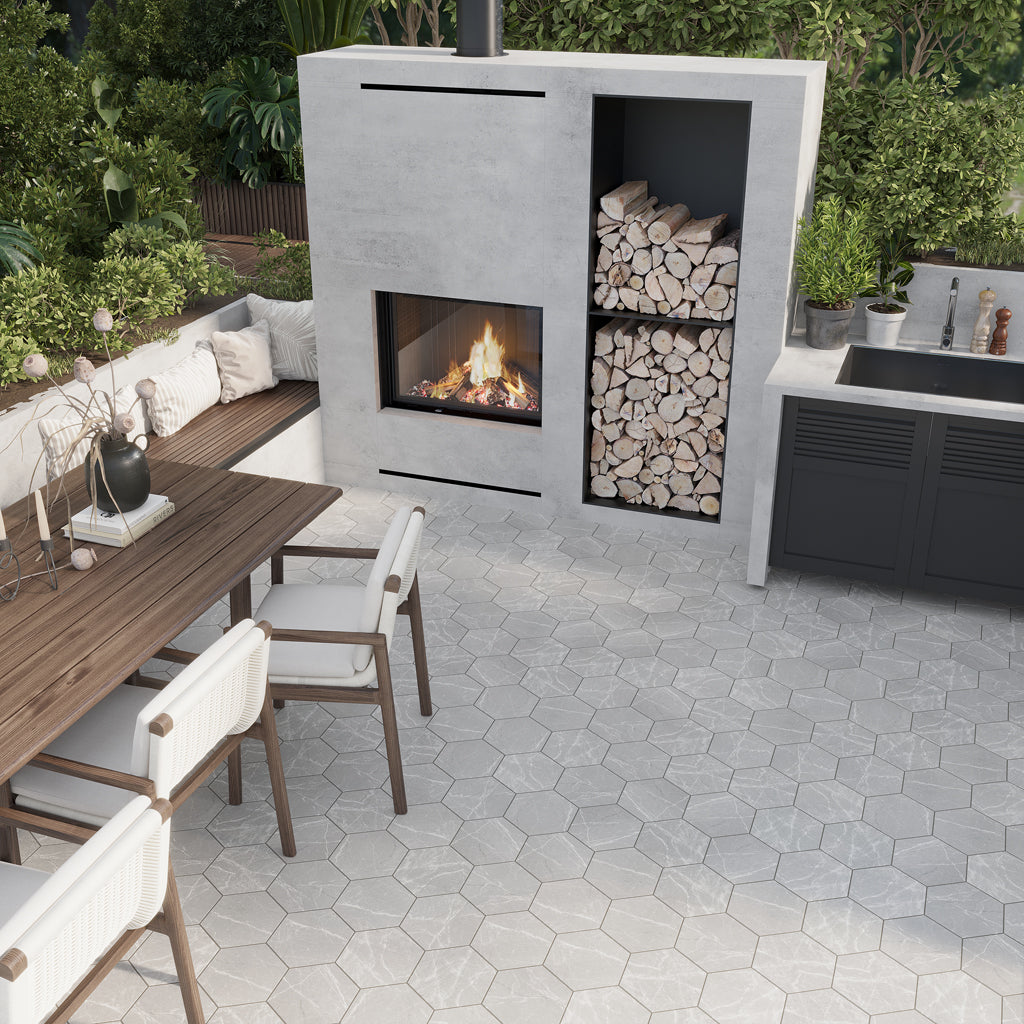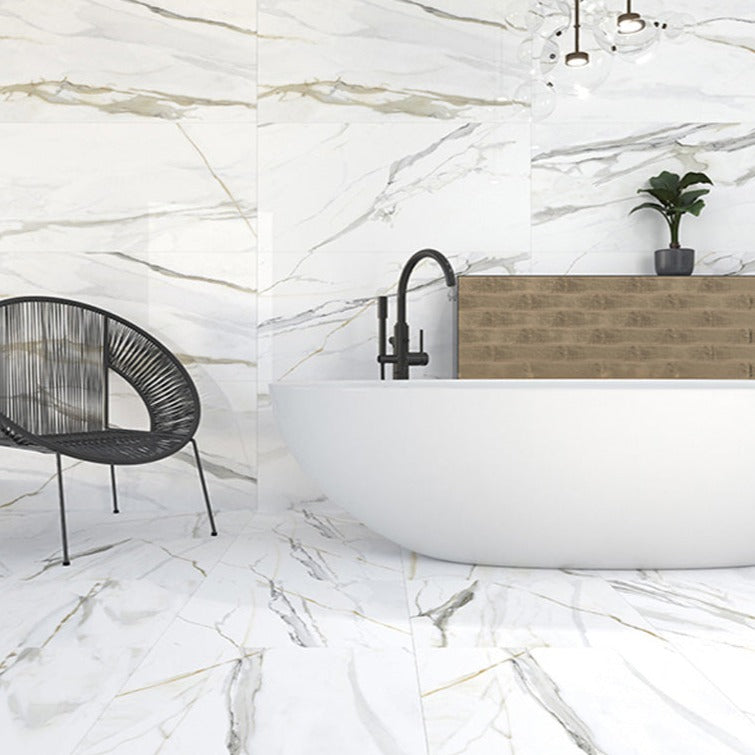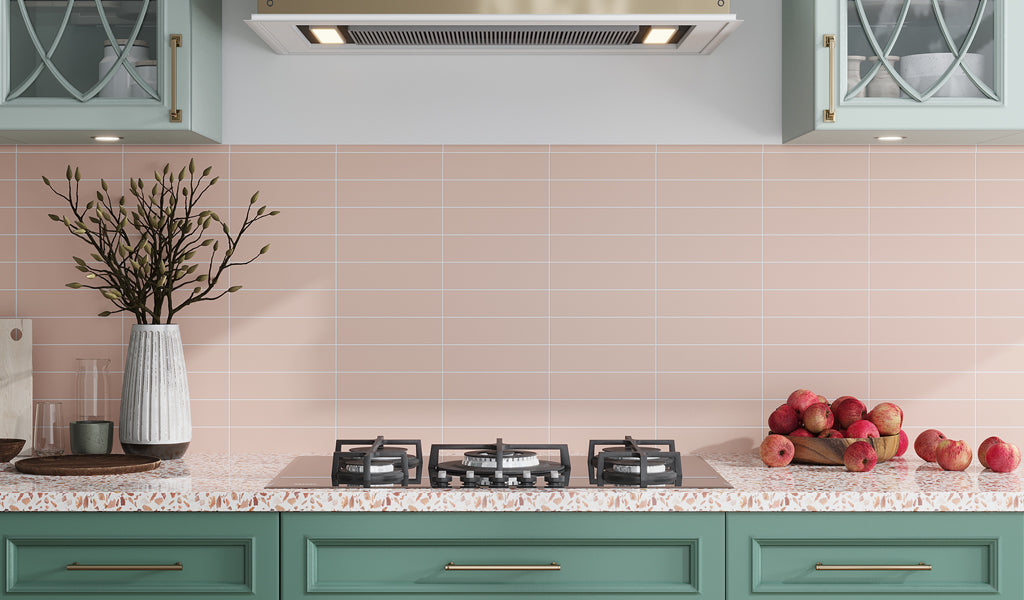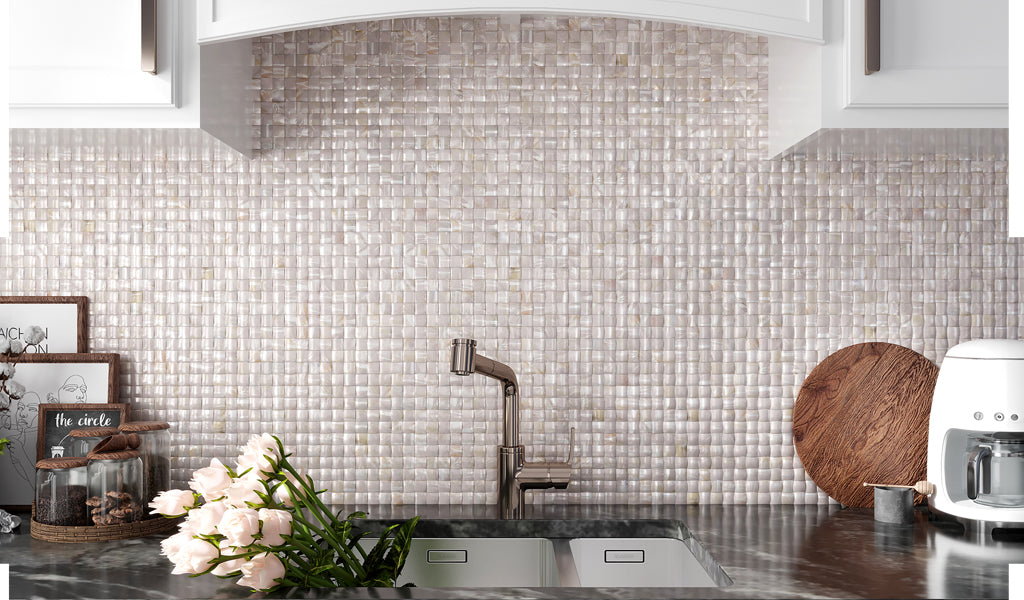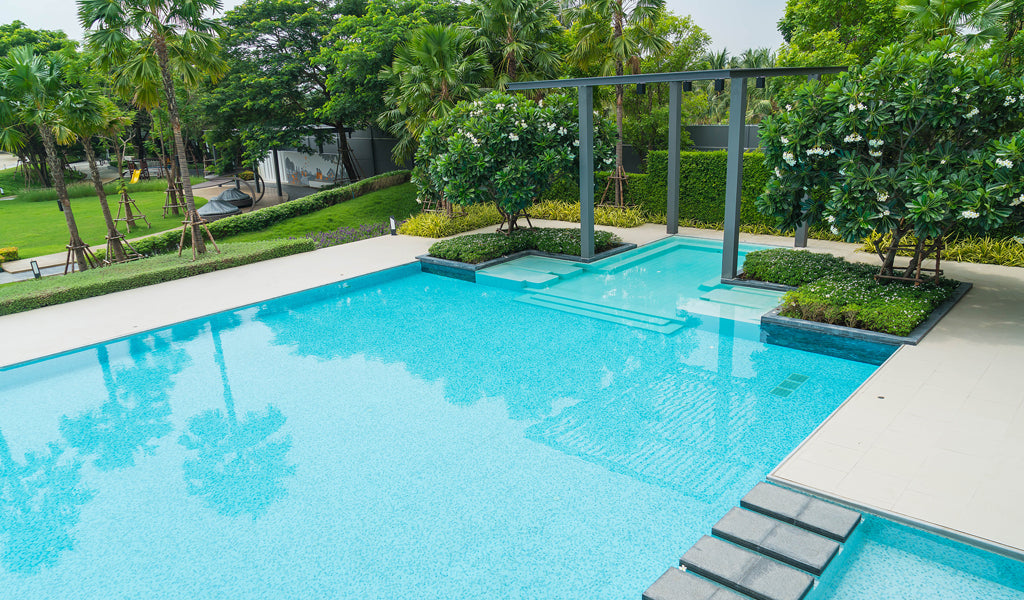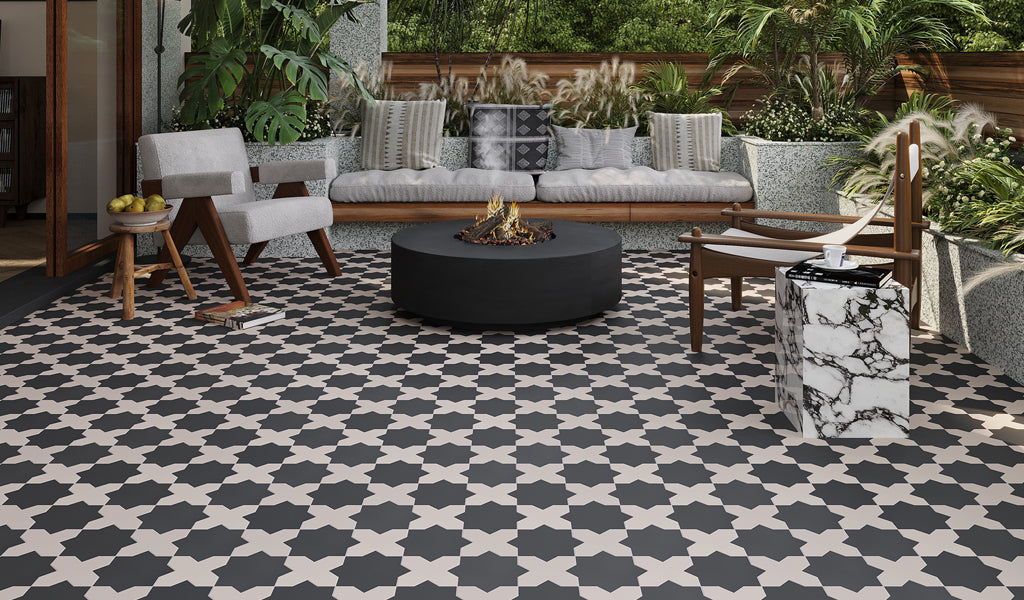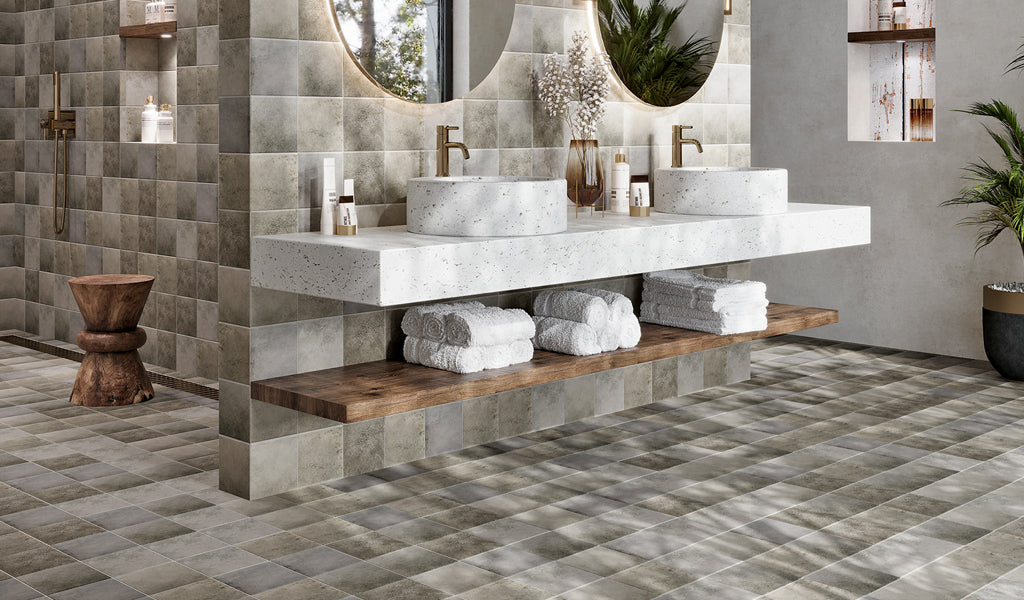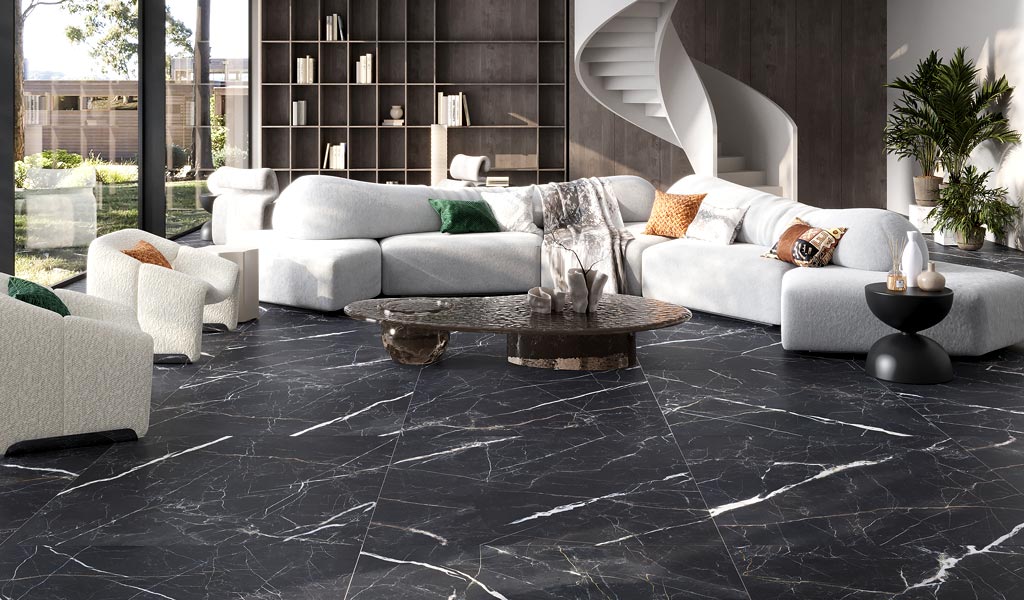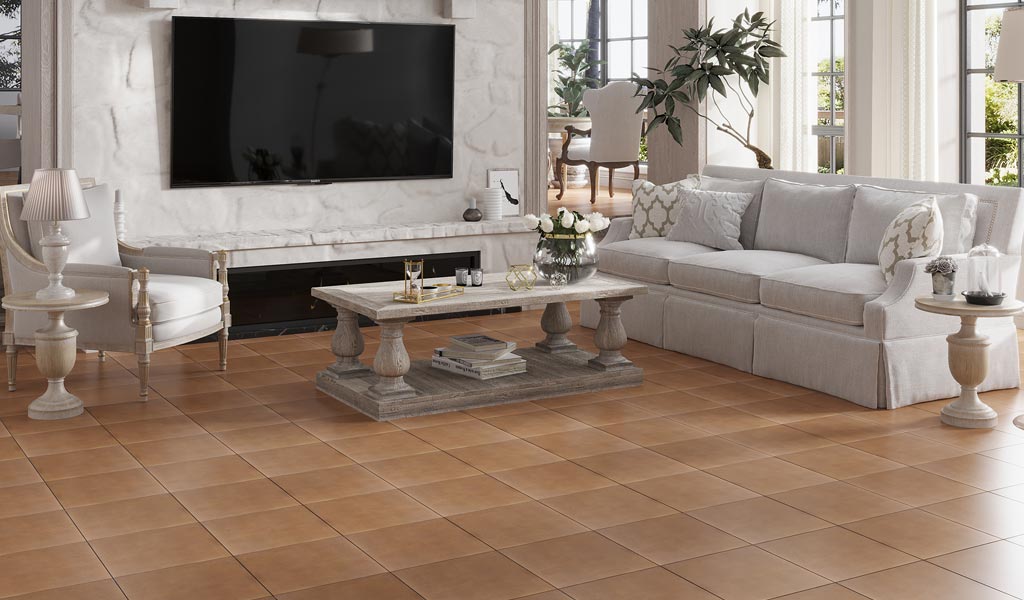PEI Ratings Explained: Understanding Tile Durability
Nov 19, 2024Do you want to unlock the secret to your floor tile selection? It’s enough if you understand PEI ratings and how they help you choose a durable and long-lasting floor. PEI, which stands for Porcelain Enamel Institute, developed a system to measure the surface wear resistance of ceramic and porcelain tiles. The ratings range from 1 to 5, where 1 is the least durable and 5 is the most durable.
What is PEI Rating?
Definition and Purpose
It is used to measure a tile’s surface durability, specifically its abrasion resistance and hardness. Designed for glazed tiles, it ensures that these materials not only look good but also stand up to the demands of everyday use.
Make firm and clear decisions knowing the rating of your tiles. You can perfectly balance style and performance by matching the right PEI Rating to the environment. Whether designing a cozy bathroom or a high-traffic lobby, understanding this classification ensures lasting beauty and charm.
Importance of PEI Ratings in Tile Selection
Simply put, they give a clear indication of how your tile wears over a while due to usage patterns and other factors like exposure to dirt, abrasives, or environmental conditions. Here's why PEI Ratings are vital for your tile selection process:
1. Ensures Durability
Rather than guessing, you have a standard that matches a tile’s durability to its intended use. A lower PEI rating tile works in low-traffic areas like accent walls or shower areas, while a higher rating is suitable for high-traffic areas like kitchens, entryways, or business purposes.
2. Guides Material Choice
Understanding what is PEI rating helps you choose between ceramic and porcelain tiles based on their wear resistance. Porcelain tiles have a higher rating, whereas ceramic tiles have a low rating.
3. Saves Costs in the Long Run
Selecting the right tiles prevents premature wear and replacement costs. Knowing the intended use and then investing in tiles with the correct rating will save you money, effort, and time.
4. Simplifies Decision-Making
No guesswork! You now have a straightforward scale to evaluate tiles. Whether designing a serene home environment or a high-traffic commercial space, this rating makes it easy to narrow your options to tiles that meet your specific needs.
5. Balances Style and Functionality
With PEI Ratings, you don’t have to compromise style for service. Many tiles with high ratings also come in various designs, textures, and finishes, allowing you to achieve both form and function very easily.
Tip: While PEI testing is a great tool for evaluating a tile's surface durability, it doesn't measure everything. It won't tell you about the tile's fracture strength or its slip resistance. Be sure to consider these factors separately when making your tile selection.
Overview of Tile Classification
PEI Ratings apply to two different tile types - ceramic and porcelain tiles
1. Ceramic Tiles: Great for low-to-moderate foot traffic areas.
2. Porcelain Tiles: More durable, and suitable for high-traffic zones and outdoor use.
Porcelain tiles are denser, fired at very high temperatures, impervious, vitreous, hard-wearing, durable, suitable for long-term investments, and highly stain-resistant. Hence, they are ideal for demanding applications. Whereas ceramic tiles are made from coarse clay fired at little lesser temperatures, vitreous, and budget-friendly. They are a practical choice for areas with moderate use especially indoors.
The PEI Rating Scale Explained
| PEI Rating | Usage Description | Ceramic Tiles | Porcelain Tiles |
|---|---|---|---|
| 0 | Suitable for wall use only. Best for decorative applications like backsplashes and shower surrounds but cannot be used underfoot. | ✔ | ✔ |
| 1 | Suitable for light-duty use – residential and commercial applications, such as shower surrounds, bathroom walls, bedroom walls, and countertops, but not underfoot. | ✔ | ✔ |
| 2 | Suitable for normal foot traffic areas and can be used on both walls and floors – living rooms, offices, kitchens, and bathrooms. | ✔ | ✔ |
| 3 | Good for residential applications such as floors, walls, and countertops with regular foot traffic. Suitable for kitchens, entryways, living rooms, and light commercial areas. | Few** | ✔ |
| 4 | Recommended for all residential applications and medium-traffic commercial areas like restaurants, lobbies, and office spaces. Suitable for both indoor and outdoor use. | ✖ | ✔ |
| 5 | Most durable option for heavy-traffic commercial and institutional settings, such as airports, shopping centers, hospitals, and public buildings. | ✖ | ✔ |
** Only a few ceramic tiles can be used for moderate traffic areas. Not all will hold up to the demands of these spaces, especially those designed primarily for decorative or light-use purposes.
Tools and Testing procedure to determine PEI ratings
Measuring the abrasion resistance of a tile’s surface enamel can be done using a rotary abrasion resistance testing machine. The steps in which ratings are given are explained below:
- This machine presses steel ball bearings on the tile’s surface to simulate walking or moving objects over the tile.
- The bearings rotate on the surface and mimic the use and stress over time.
- An observer monitors the same to identify visible abrasions or wear marks appearing. Then, based on the number of rotations the rating is assigned.
- Lower rotations mean a lesser rating, whereas higher rotations indicate a higher rating.
Limitations of PEI ratings
- PEI Ratings focus on abrasion resistance and do not reflect other factors like slip resistance or moisture absorption.
- A lower PEI rating tile cannot be used for commercial purposes as they may crack and a higher PEI rating tile cannot be used for indoor purposes as it will be too heavy and wall adhesive will not hold it.
Applications of PEI-Rated Tiles
- Bathrooms: Class 2 or 3 tiles are applicable for light traffic areas with moisture-resistant properties.
- Kitchens: Class 3 or 4 tiles handle spills and moderate foot traffic.
- Commercial Environments: Class 4 and 5 tiles suit offices, retail stores, and restaurants, especially in high-use spaces where durability and longevity matter.
- Exterior Applications: Class 5 porcelain tiles are perfect for outdoor areas due to their weather resistance and durability.
Choosing the Right PEI-Rated Tile
Considering these factors before picking your PEI-rated tile ensures long-lasting investments.
- It’s necessary you evaluate your environment based on moisture, traffic, heat, traction, and thermal expansion, before picking a PEI-rated tile.
- Note that you have to match style and practicality here. Class 0 or 1 tiles are designed especially for decorative purposes, whereas class 5 tiles are durable but don’t have the same visual variety.
- Check out the maintenance requirements of the tiles and how far it is suitable for you. A high-rated tile requires less upkeep, but the cost is most upfront, whereas a low-rated tile can be easily maintained but budget-friendly.
Maintenance and Care for PEI-Rated Tile
- Regular cleaning like sweeping, vacuuming, or mop is recommended in high-traffic areas.
- Do not use abrasive cleaners rather stick to mild pH-neutral cleaners
- Use rugs or mats in heavy-use zones to minimize direct wear on tile surface, especially for lower-rating tiles.
- Avoid subjecting tiles to conditions beyond their rating scale and experimenting.
- Check for chips or cracks periodically to enable prompt repairs and prevent further damage. This extends the lifespan of the tile.
- Use felt pads to furniture leg bottoms. This prevents scratching when moving chairs, tables, or sofas on the floor.
Frequently Asked Questions:
1. What is the highest PEI Rating for Tile?
The highest rating is class 5. It refers to the most durable porcelain tiles which are suitable for both residential and commercial floors.
2. Can I use low-rated tiles in high-traffic areas?
No, using PEI 0, 1, and 2 is not recommended for high-traffic areas because they are mostly suitable for walls and indoor uses. You can use tiles with a rating of 3, 4, and 5 for high-traffic floors.
3. How often should I clean my PEI-rated tiles?
The frequency of cleaning depends on the usage of the tiles.
- PEI 4 or 5 tiles (high-traffic areas) are cleaned daily with a neutral pH cleaner.
- PEI 3 tiles (moderate traffic areas) are cleaned once a week.
- PEI 2 (low-traffic areas) is cleaned once in two weeks.
- PEI 0 or 1 tiles (decorative or wall tiles) are cleaned whenever stains appear.
4. Do PEI ratings apply to all tile types?
No, ratings apply to only glazed tiles, especially ceramic and porcelain tiles that fall under this category. PEI test focuses on the enamel layer of the glazed tiles, so it does not apply to tiles without a protective coating or glaze.
5. What is the best way to maintain outdoor PEI-rated tiles?
You can easily maintain outdoor PEI 4 or 5 tiles, by wiping them off with a damp cloth dipped in a pH-neutral cleaner daily. Avoid using cleaning products with harmful chemicals such as ammonia, bleach, or acid-based cleansers. Also, avoid using steel wool or hard-bristled brushes.
6. What is a wear rating of 4?
A wear rating of 4 is recommended for all residential applications and medium-traffic commercial areas like restaurants, lobbies, and office spaces. It can be used both indoors and outdoors.
7. What is a good PEI rating?
A good rating depends on the intended use of the tile. If you are constructing a new home, you can consider PEI 3 or higher for floors and PEI 0 to 2 for walls. For commercial purposes, you can consider PEI 4 or 5.


